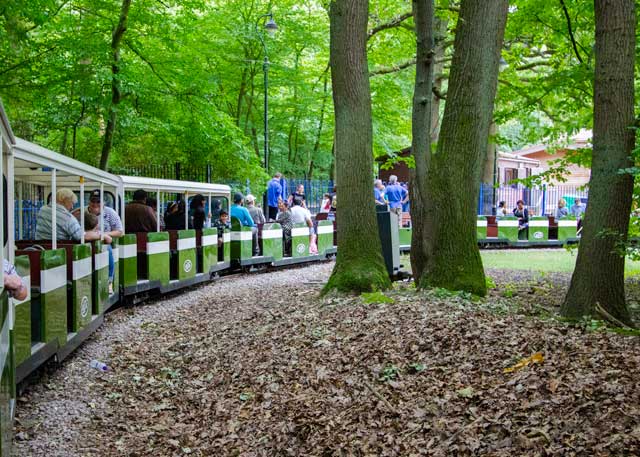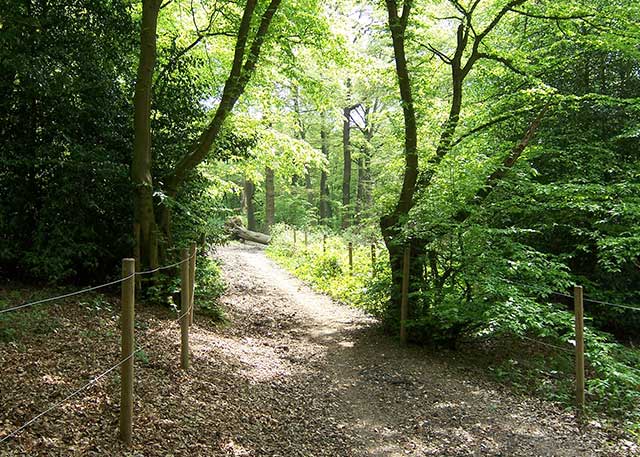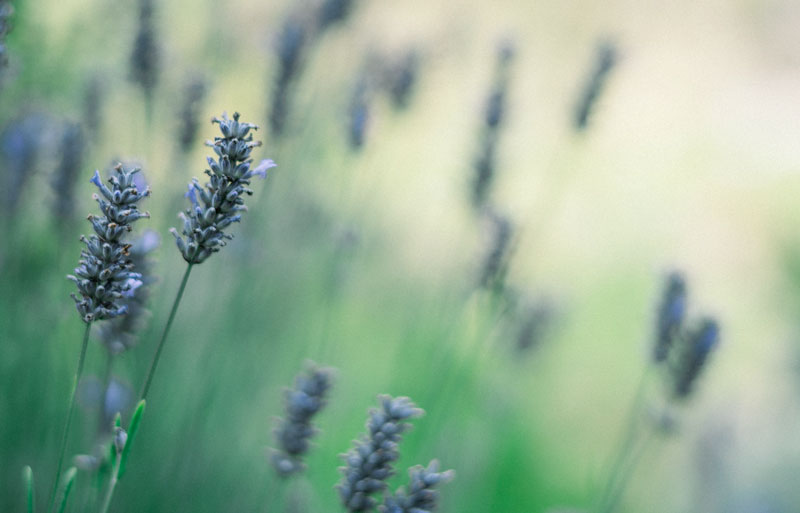Walks at
Ruislip Lido
0.9km White Route
An easy walk from Wiltshire Lane to Bury Street, and is mostly downhill – which is nice.
1.2km Red Route
1.6km Blue Route
9.6km Yellow Route
Starts at St Martin’s Church (Ruislip) and ends at St Mary’s Church (Harefield)
0.9km White Walking Route
1 The first post is situated at the highest point in Ruislip Woods. This is the best place to look for the purple emperor butterfly, which can be seen soaring above the oak canopy from late June to the end of August.
2 Cross the bridle path through oak and hornbeam woodland. These are the two most common trees in Ruislip Woods. But which is which? Hornbeam: smooth bark with veins twisting vertically up the tree. Leaves are oval with serrated edges. Oak: rough bark, leaves have five to eight pairs of rounded lobes. Try rubbing your hands on the bark to feel the different textures.
3 You will soon pass through a section of hornbeam coppice. Coppicing is a form of woodland management that involves cutting the trees on a 20-year cycle. In the past, the new shoots were used for a variety of things such as pea sticks and charcoal. Today, coppicing is still carried out but mainly for its benefit for wildlife, which thrives on the newly created open areas.
4 Shortly you will come to a bench on the route. Sit here for a while and close your eyes. How many different bird sounds can you hear?
5 Further along the
6 After crossing another footpath you will arrive at a huge beech tree on the right. This is the largest tree in Ruislip Woods. In autumn you may also see the largest fungi, giant polypore, growing around its base.
7 On your left is the bridle path. A yellow plant called common cow-wheat grows along its edges and is the main food plant of the rare heath fritillary butterfly, which was first introduced here in 2004. If you are extremely fortunate, you may catch sight of one from mid June to August.
8 Carry on along the path until you reach another bench. If you rest here a while you may see or hear a greater spotted woodpecker. The call is a single ‘tchick’, but you may hear the more familiar ‘drumming’ sound, especially in spring. In summer, enjoy the delightful scent of honeysuckle which is common in this area.
9 As you walk along the path, keep an eye out for the bright red cardinal beetle which can be found on bramble leaves.
10 Continue along the path until you reach a section laid with gravel. On your left, look for the coppiced wild service tree . This is the least common tree in these woods and is only found in ancient woodland. It can be identified mainly by its leaves, which are unlike any other in these woods. The leaves have toothed lobes and turn a variety of yellows, red and purples in autumn.
Follow the path down until you reach Bury Street. The bus stop for the H13 is on the right.
The H13 runs from St. Vincents in Wiltshire Lane, Northwood, to Ruislip Lido in Reservoir Road, Ruislip. The H13 can be accessed from Ruislip, Ruislip Manor, Pinner and Northwood.
1.2km Red Walking Route
at the Wiltshire Lane entrance to Park Wood (one of the four woods that make up Ruislip Woods). Wild cherry trees can be seen close to the first route marker. Wild cherry has attractive, shiny, reddish bark, and in the autumn provide cherry fruits for a wide range of woodland fauna. Continue walking downhill, keeping the golf course to your right.
2
Bats will roost in large mature trees, such as oaks, examples of which you’ll see as you walk down the hill. Bats roost together for body warmth and social contact, and Ruislip Woods harbour several bat species. Continue walking down the hill.
3 As the earth bank to your right draws
parallel with the route you will spot a beech tree growing on the earth bank. At some time in the past, this beech tree was coppiced, or cut down to the stump, and has since re-grown several large horizontal branches. Trees growing on boundary earth banks, such as this one, were often coppiced as a way of marking the boundary of one owner’s land with another.
4 On some decaying tree stumps you may notice what look like boot laces covering them. These are part of the honey fungus, a species of fungi found in woodlands that lives off dying and deadwood. Although often destructive in a park or garden, honey fungus is kept in check in woodlands by strong competition with other fungi.
5 On the way down the hill you may notice rowan trees, and during the autumn the bright red berries are a distinctive and valued food resource for woodland birds and small mammals. Turn right and follow the gravel path around the edge of the golf course for about 100 metres. Turn left at the old, disused building and cross the small bridge.
6 Follow the path ahead, alongside the bridleway, and walk through the opening in the fence ahead of you to enter Poor’s Field. Proceed by turning left and keeping the Field to your right. Poor’s Field is the last remaining relic of the common wasteland that used to cover a substantial area in the north of the Parish of Ruislip. The vegetation is of typical acid soil heathland i.e. low in nutrients. The small grass mounds covering the Field are anthills, important feeding areas for green woodpeckers.
7 Cattle are grazed in Poor’s Field during the summer months to help control the invading scrubby vegetation. They eat the stems, shoots, leaves, and berries of species such as bramble, grasses, trees, and gorse. In the past, other livestock such as horses and pigs would have regularly grazed on the vegetation of this common land. During the summer months look out for heath spotted orchids, and for butterflies such as the meadow brown, red admiral and speckled wood.
8 The grassy areas, as well as the nearby lido, are good habitats for grass snakes, which feed on frogs, toads, newts and small fish. In addition to grass snakes, there are also populations of slow worms. Continue walking along the path, keeping the lido and railway line to your left.
9 As you walk you may notice mature oak trees scattered around. These are home to hundreds of different insects, fungi, and lichens, and are used as feeding grounds, nesting areas, lookout points, and homes for many birds, insects and mammals.
10 Follow the path through the last remaining field and exit Poor’s Field via the kissing gate by the road and car park.
You are now in Reservoir Road. The H13 bus stop is down on the left-hand side of the road past the pub. The H13 runs from the top of Wiltshire Lane, Northwood, to Ruislip Lido, in Reservoir Road, Ruislip. The H13 can be boarded from Ruislip, Ruislip Manor, Pinner, and Northwood.
Play Areas
We have a great selection of play areas that you'll love! The pirate ship on the beach, with climbing frames, swings, and more! There is also a splash water park, and even an outside gym for adults!
Miniature Railway
Did you know Ruislip Lido is home to Britain's longest 12" gauge miniature railway? Ruislip Lido Railway travels around the Lido from the car park, through the woods, to the beach. A great way to see the Lido and woods.


Woodland Walks
Ruislip Lido is situated near to Ruislip woods, why not take a leisurely walk around the lido through the beautiful woodland? You can always get a drink and a bite to eat in one of the cafes or restaurants to recharge.
HillingdonFirst Parking
There are two car parks on site.
Willow Lawn car park is for HillingdonFirst cardholders only. This car park is free for HillingdonFirst users at all times, users will get an all day ticket on presentation of their HillingdonFirst card. Thanks Hillingdon Council 🙂
General Car Park
Jan, Feb, Nov, Dec (8am - 6pm) - £3.50 per day
Mar, Apr, Sep, Oct (8am - 8pm) - £3.50 per day
May, Jun, Jul, Aug (8am - 9pm) - £5 per day


Discover The Lido
Ruislip Lido has something for all the family. A beach to relax or play, children's play areas, woodland walks, cafes, grass areas, duck and bird feeding platforms, outdoor gym, miniature railway, and much more!
Why not discover the beauty of Ruislip Lido the next time you are nearby.
Free Parking for Hillingdon Cardholders
Britains Longest 12" Gauge Railway
Children's Play Areas
Beach, Lido and Woods
More to Explore at Ruislip Lido
Planets Walk
Starting with the Sun, opposite the new boathouse, you will see each planet in order, from the Sun on this interesting walk.
Boathouse
Introducing the newest addition to the Lido, which includes a community room that is available to hire.
Fishing
Fishing is permitted from 16 June to 14 March. A licence is required to fish the lake, and fishing rules apply.